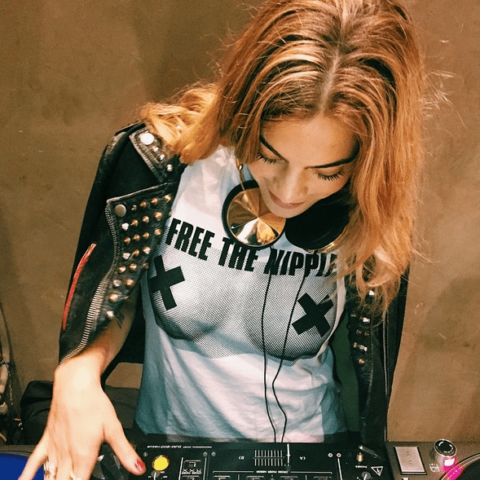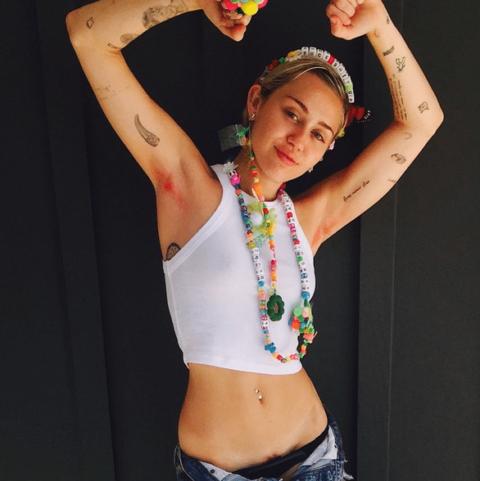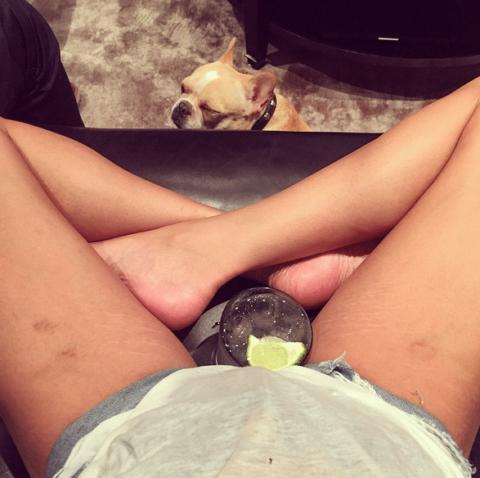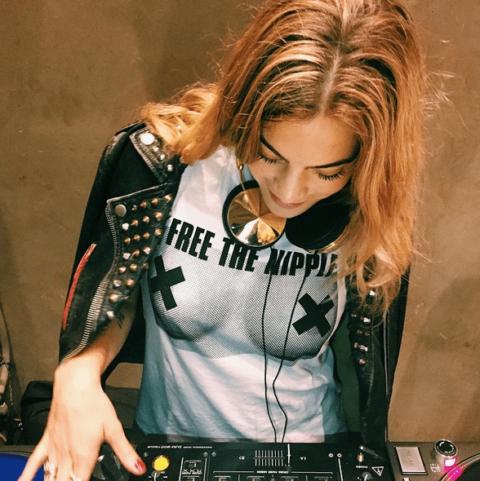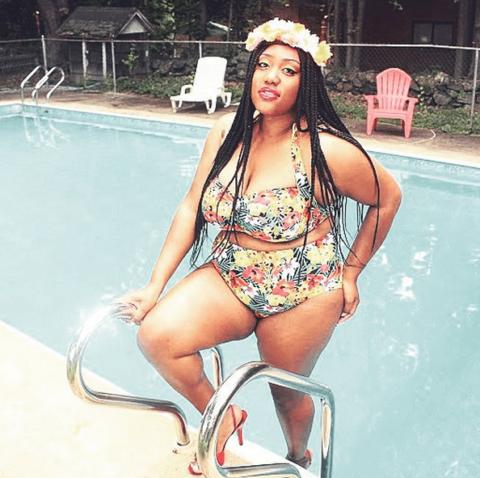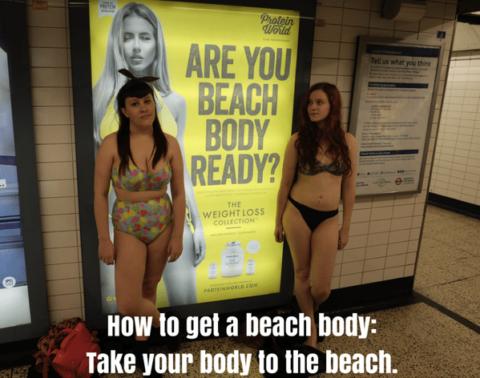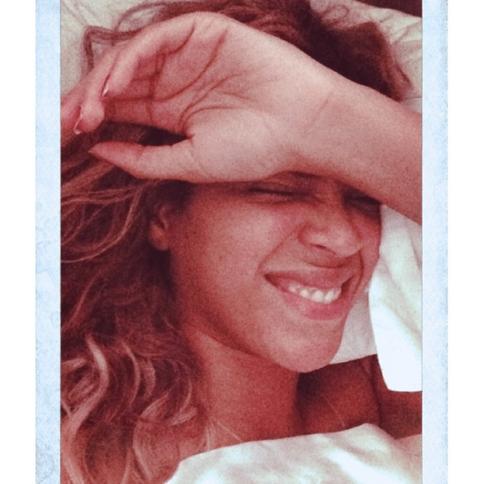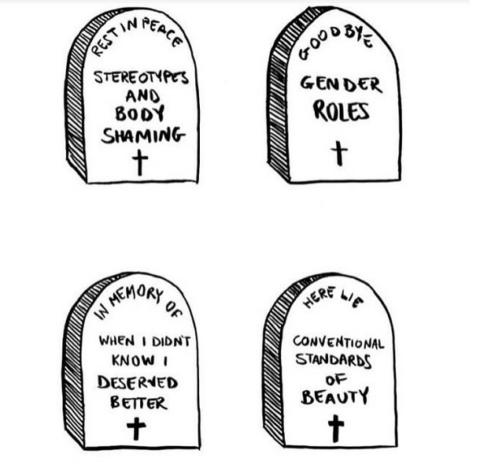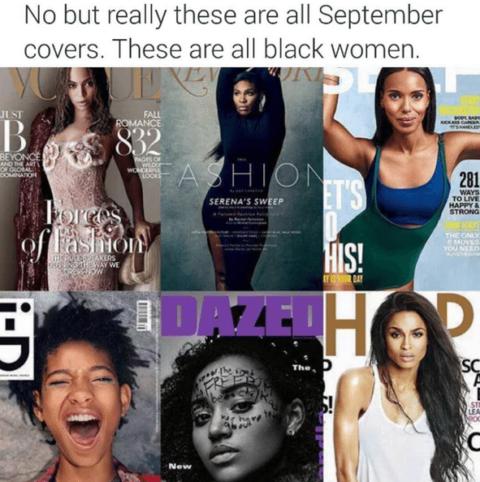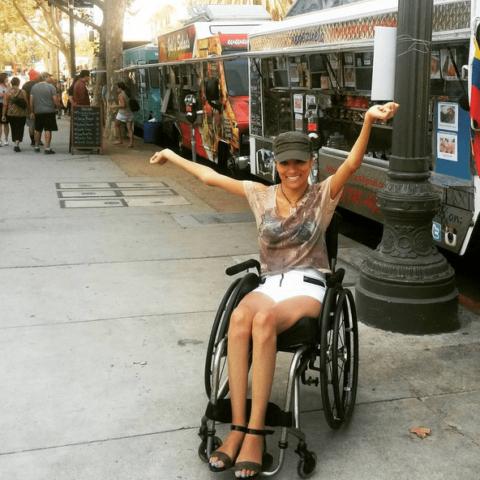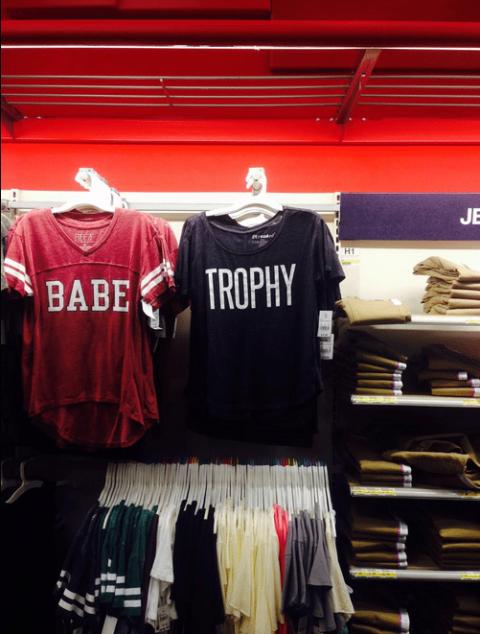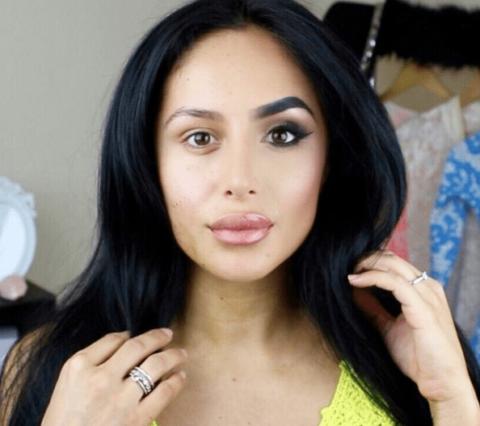Is Social Media the Best Thing to Ever Happen to the Body Positivity Movement?
There’s no one “right” way to look anymore (hooray always and forever), and we can chalk some of that notion up to the power of social media.
Yes, friends, I said it. Whether it be the power of #IWokeUpLikeThis (via our lord and savior, Beyonce Knowles), Love Your Lines, or the abolishment of the under-size Topshop mannequins, the worlds of Twitter, Instagram, and (sometimes) Facebook have created a landscape in which we’re allowed to like the way we look as individuals, instead of aspiring to look like anybody else. While, well, also looking like other people.
Hear me out.
Before social media, we had the circuit of magazines, TV shows, and friends who helped instill body positivity before social norms ruined our self-esteem forever. But the older we got, the harder it became to sing from the rooftops about our pride in lack of makeup or our stretch marks. That’s because the loudest voices were the ones that also set the standards for the way we should look. And that made it feel almost impossible to find anyone who wanted to rebel against or challenge beauty ideals. (Which is why if you found a pal who felt the same way, you still felt outnumbered by the ads or articles encouraging you to look one way and dress another. Which is why the rise of zine culture in the nineties was so important.)
So as a result, social media has become the millennial equivalent of those zines, but especially in terms of creating communities and banding women together. Now, you don’t have to feel alone when challenging beauty norms because odds are, there are thousands of other women who feel the same. And this is powerful, because organizations like Miss Representation call upon us to expose and challenge damaging and outdating marketing tropes via the hashtag #NotBuyingIt — or because women like Tyra Banks and Amy Schumer re-iterate the message that makeup doesn’t make you beautiful. Of course, by celebrating individuality en masse, these tactics also make you part of a larger whole. But unlike the mass we were part of in our teens, this one feels like it’s inciting change, because it is.
Thanks to social media blitzes incited and inspired by celebrities (think Chelsea Leyland wearing a Free the Nipple shirt, Miley Cyrus and #FreeYourPits, and Chrissy Teigen’s support of Thigh Reading), popular opinion is more about accepting one’s self as a human, and less as trying to make yourself look like another human being. Social media has created a world in which you can take pride in yourself, “flaws” and all.
With exception, obviously. In addition to creating and nurturing this esteem-driven community, social media has also contributed to more than a few dangerous beauty ideals in the form of thinspo accounts and/or the great Kylie Jenner-inspired lip vacuuming of spring 2015. However, because these took place on social media, they were visible and could be called out/acted on almost immediately. Soon, we saw the after-effects of “Jenner lips,” as well as the results of sites and hashtags that promote body dysmorphia. And while they still exist, we’re at least creating a discourse around why and how these particular trends begin and what we can do to stop them.
So no, social media isn’t perfect (because nothing is), and it isn’t the only reason for our shifting beauty ideals. But it sure helps by creating a talking point. Now, self-esteem and body positivity can be championed on a larger scale that moves quickly with big names behind it. And while that’s another piece for another day entirely, it’s still acting as a catalyst for change. After all, 15 years ago Thigh Reading would’ve seemed absurd — now, it gets a “well, duh” because we understand the realities of being grown-ass women.

